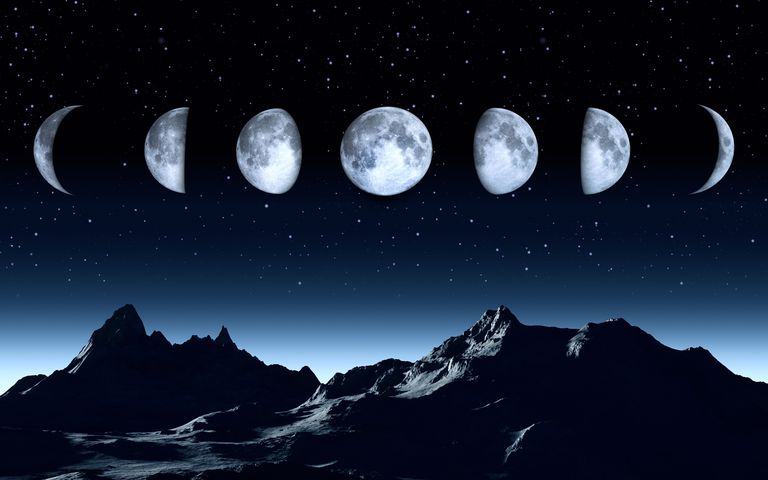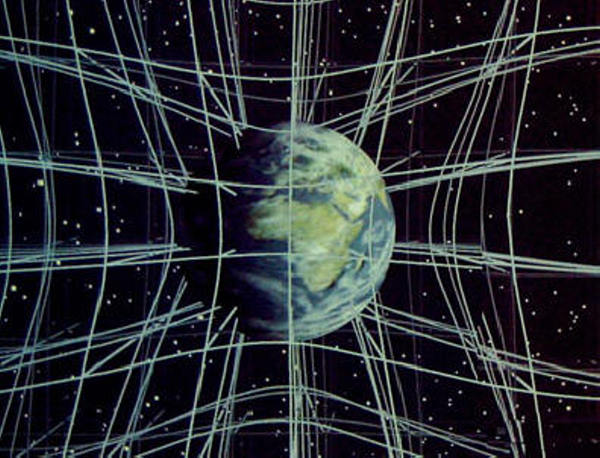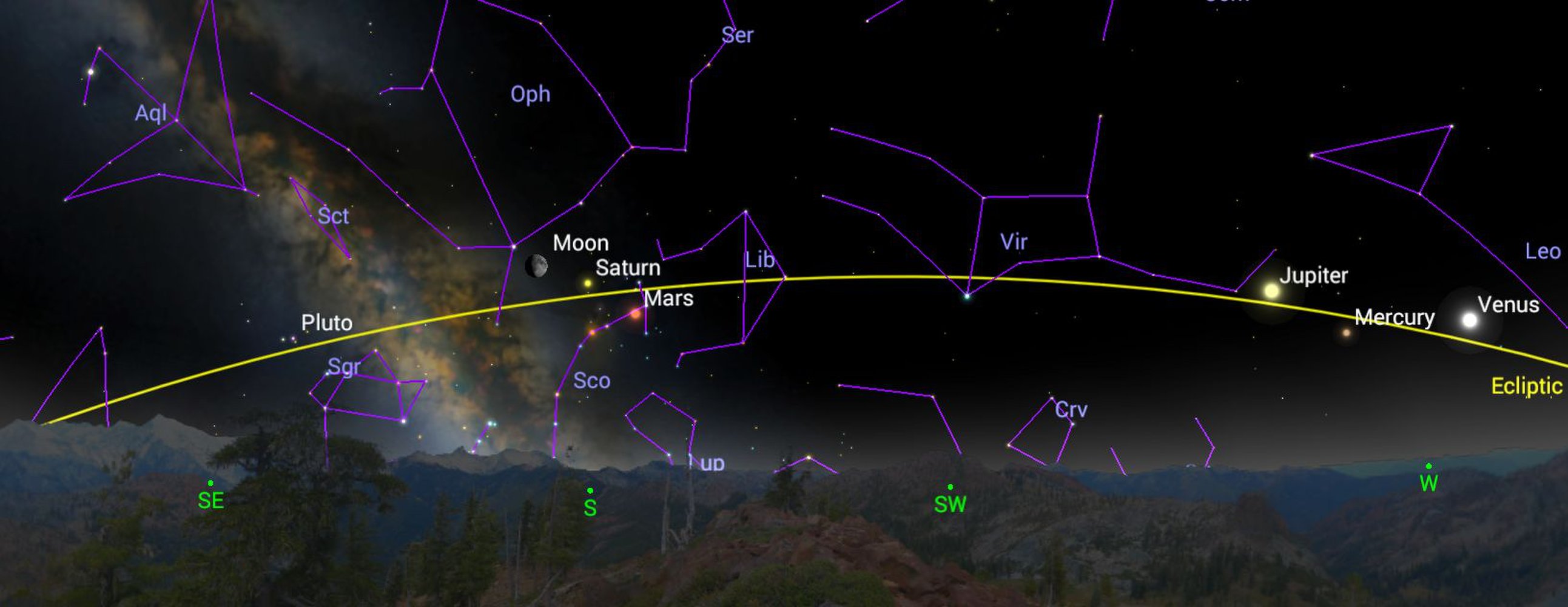You guys are probably wondering where I’ve been, huh?
For the better part of this year, I’ve been hard at work at my novel, at the expense of pretty much everything else—and I’m pleased to report it’s almost done! I’m looking forward to getting back to regular blog posts in January.
But tonight, I set up my telescopes in my driveway, and I thought I’d try something new. A few years ago, I got a nifty little device for Christmas: a phone holder that clips to my telescope eyepiece. Thought I’d finally see what it can do.
Below is my first attempt at Saturn. You can also see several of its moons. I’m not sure exactly which ones, but I know that Titan is on the far bottom right.

Here is a slightly better view, through my larger 11-inch telescope. You can see the rings a bit here:

Also, here is Jupiter alongside the four Galilean moons: Io, Europa, Callisto, and Ganymede.







